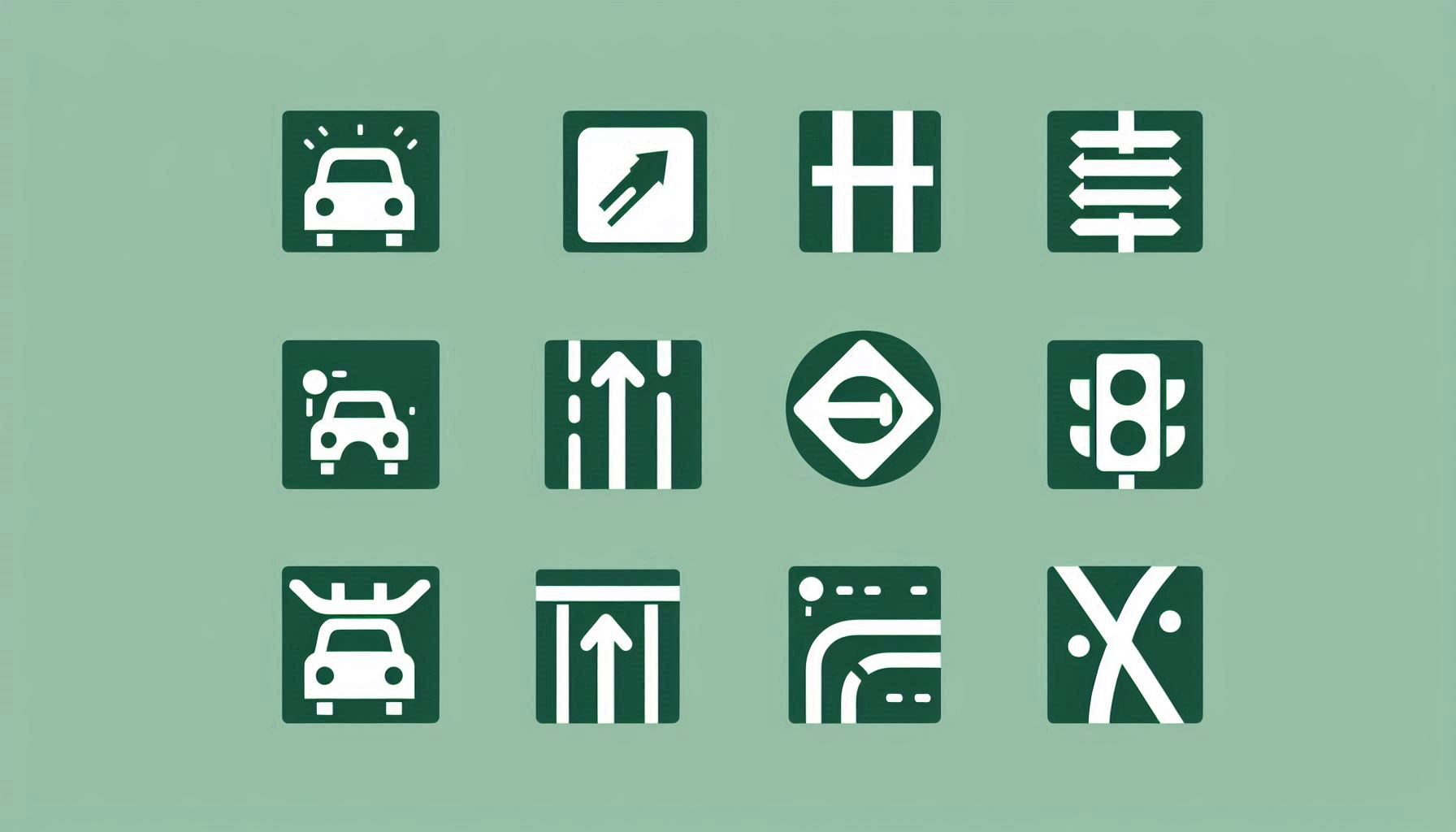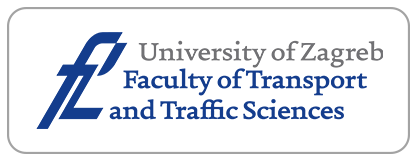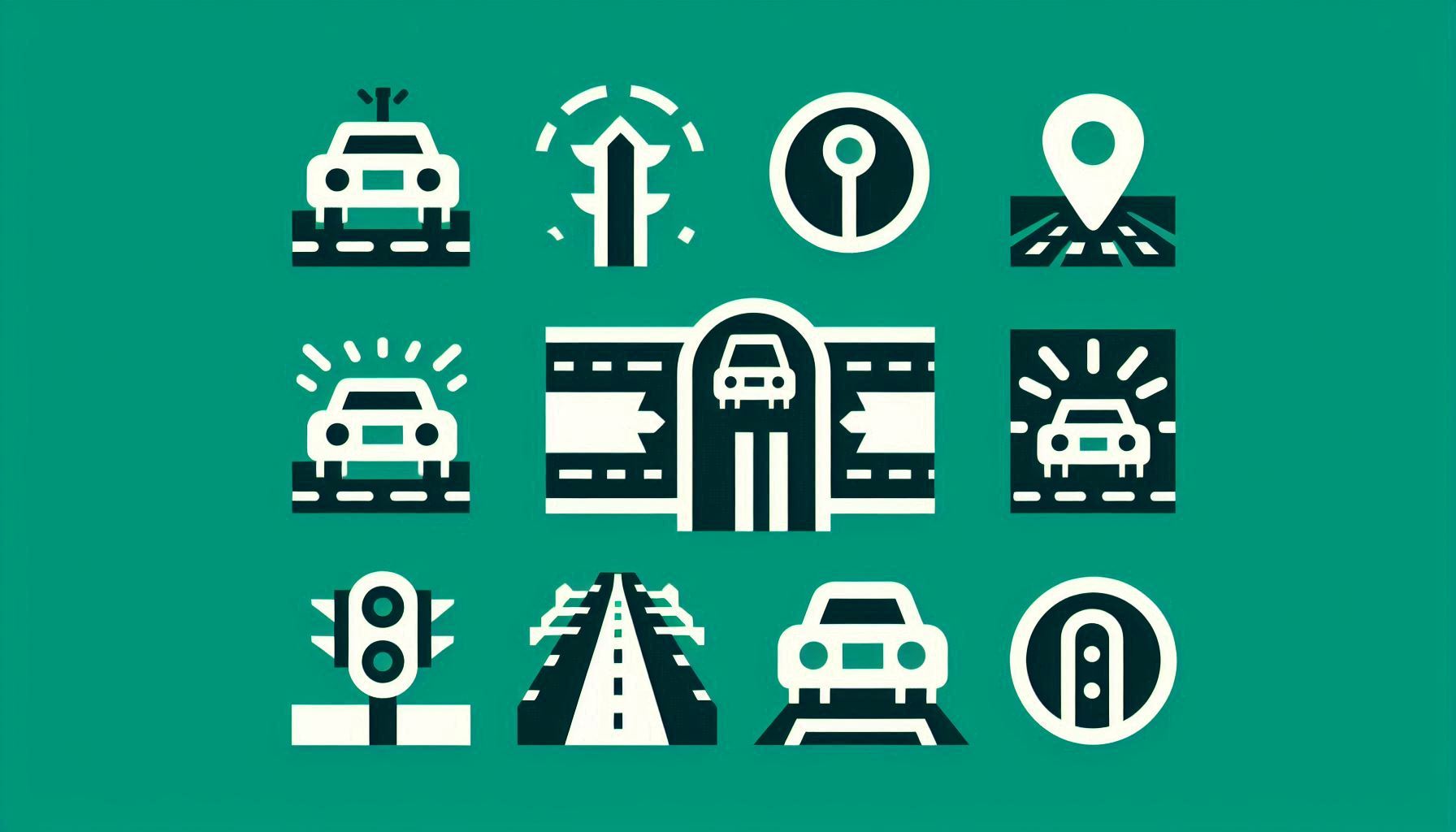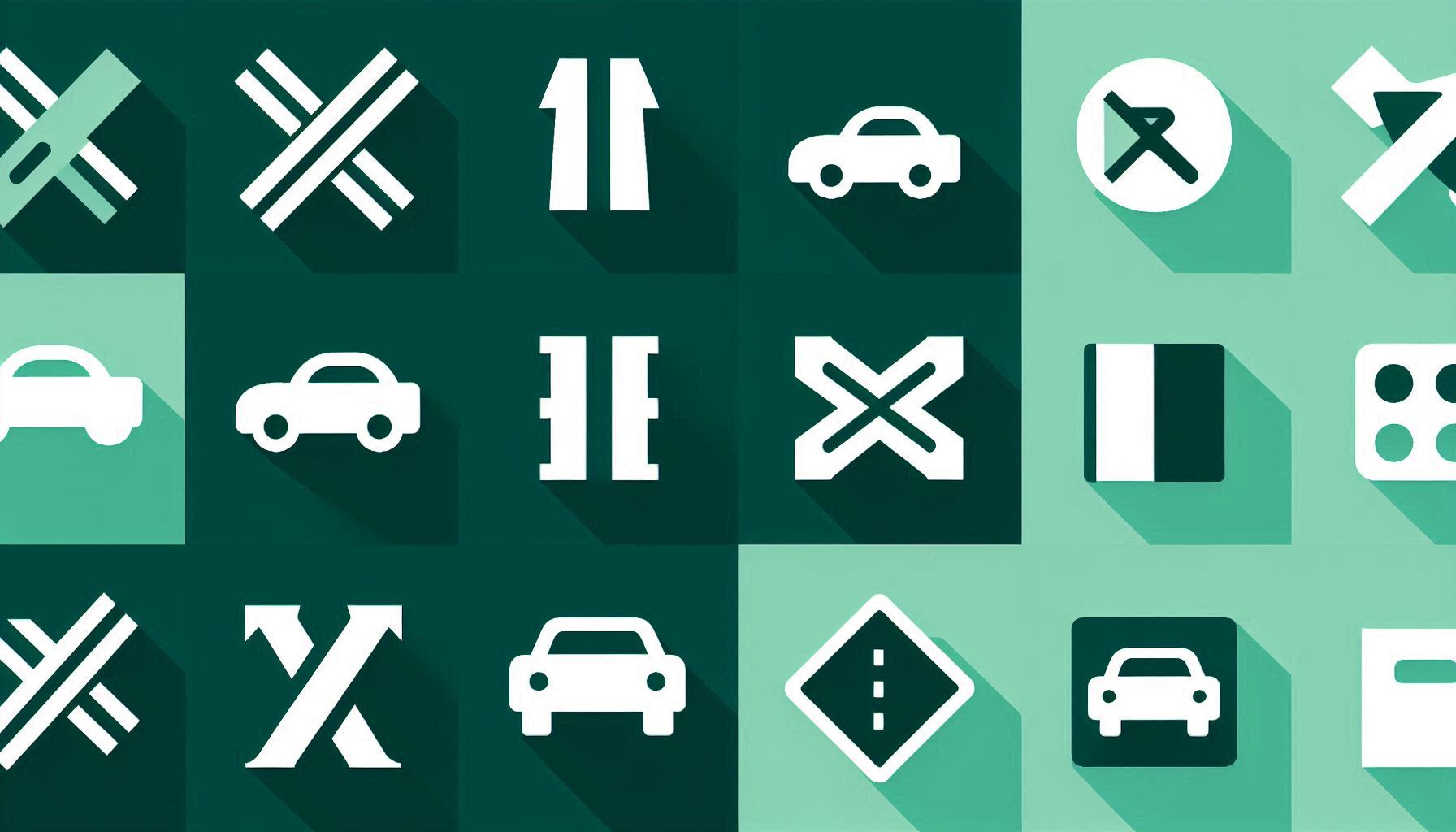Analysis of Cruising Process and Psychological Decision of On-Street Parking

Downloads
Due to the imbalance between parking supply and demand, cruising for parking frequently brings substantial impacts on road traffic. A concurrent video and questionnaire on on-street parking was conducted in Beijing to address these issues. From a procedural and psychological perspective, a structural equation model was established to examine the relationship between psychological factors and the characteristics of the cruising process. It was concluded that travellers display different cruising characteristics for parking under different conditions. In relatively unsaturated on-street parking occupancy conditions, travellers demonstrate greater variability in their vehicle trajectories and hesitate when making parking decisions. Conversely, in saturated conditions, they exhibit small fluctuations and fear the unavailability of parking spaces ahead. Short-term parkers typically prefer parking as close as possible to their destination and may opt to park illegally if these are full. Psychological and parking-related features play a crucial role in directly shaping on-street cruising characteristics. Additionally, individual differences, parking features and the occupancy status of parking spaces can exert indirect influences on this process through the mediation of psychological factors. Targeted policies can be developed based on different cruising psychology analyses to influence travellers’ parking decisions and mitigate the negative impacts of cruising for parking on road traffic.
Downloads
Nourinejad M, et al. Truck parking in urban areas: Application of choice modelling within traffic microsimulation. Transportation Research Part A: Policy and Practice. 2014;64:54-64. DOI: 10.1016/j.tra.2014.03.006.
Sui X, et al. Microscopic simulating the impact of cruising for parking on traffic efficiency and emission with parking-and-visit test data. International Journal of Environmental Research and Public Health. 2022;19(15):9127. DOI: 10.3390/ijerph19159127.
Shoup DC. Cruising for parking. Transport policy. 2006;13(6):479-486. DOI: 10.1016/j.tranpol.2006.05.005.
Li C, Tao Y, Liu S. A shared parking space optimization model to alleviate China’s parking problem considering travelers’ tiered credit risk. Transportation Letters. 2021;13(1):45-52. DOI: 10.1080/19427867.2019.1700013.
Ji Y, et al. Optimal allocation of shared parking spaces for hospital parkers considering parking choice behavior under bounded rationality. Transportation Letters. 2023;15(3):242-253. DOI: 10.1080/19427867.2022.2048226.
Khaliq A, et al. A conceptual framework for forecasting car driver’s on-street parking decisions. Transportation Research Procedia. 2019;37:131-138. DOI: 10.1016/j.trpro.2018.12.175.
Mei ZY, et al. Optimizing model of curb parking pricing based on parking choice behavior. Journal of Transportation Systems Engineering and Information Technology. 2010;10(1):99-104. DOI: 10.1016/S1570-6672(09)60027-1.
Soto JJ, Márquez L, Macea LF. Accounting for attitudes on parking choice: An integrated choice and latent variable approach. Transportation Research Part A: Policy and Practice. 2018;111:65-77. DOI: 10.1016/j.tra.2018.03.003.
Liang JK, Eccarius T, Lu CC. Investigating factors that affect the intention to use shared parking: A case study of Taipei City. Transportation Research Part A: Policy and Practice. 2019;130:799-812. DOI: 10.1016/j.tra.2019.10.006.
Li X, et al. Parking choice behavior of urban village residents considering parking risk: An integrated modeling approach. Case Studies on Transport Policy. 2024;15:101145. DOI: 10.1016/j.cstp.2023.101145.
Ye X, et al. Research on parking choice behavior of shared autonomous vehicle services by measuring users’ intention of usage. Transportation research part F: traffic psychology and behavior. 2022;88:81-98. DOI: 10.1016/j.trf.2022.05.012.
Wang M, Zhang XX, Liu Y. How to regulate users’ disorderly parking behavior of free-floating bike sharing? An empirical study based on social psychology. Transportation Letters. 2023;15(10):1354-1365. DOI: 10.1080/19427867.2022.2152960.
Hampshire RC, et al. Analysis of parking search behavior with video from naturalistic driving. Transportation Research Record. 2016;2543(1):152-158. DOI: 10.3141/2543-18.
Liu W, Geroliminis N. Modeling the morning commute for urban networks with cruising-for-parking: An MFD approach. Transportation Research Part B: Methodological. 2016;93:470-494. DOI: 10.1016/j.trb.2016.08.004.
Van Ommeren JN, Wentink D, Rietveld P. Empirical evidence on cruising for parking. Transportation research part A: policy and practice. 2012;46(1):123-130. DOI: 10.2139/ssrn.1593001.
Van Ommeren J, Russo G. Time-varying parking prices. Economics of Transportation. 2014;3(2):166-174. DOI: 10.1016/j.ecotra.2014.05.001.
Arnott R, Inci E, Rowse J. Downtown curbside parking capacity. Journal of Urban Economics. 2015;86:83-97. DOI: 10.1016/j.jue.2014.12.005.
Amer A, Chow JY. A downtown on-street parking model with urban truck delivery behavior. Transportation Research Part A: Policy and Practice. 2017;102:51-67. DOI: 10.1016/j.tra.2016.08.013.
Moradkhany A, et al. Minimizing parking search time on urban university campuses through proactive class assignment. Transportation Research Record. 2015;2537(1):158-166. DOI: 10.3141/2537-17.
Wang S, et al. Trajectory analysis for on-demand services: A survey focusing on spatial-temporal demand and supply patterns. Transportation Research Part C: Emerging Technologies. 2019;108:74-99. DOI: 10.1016/j.trc.2019.09.007.
Ghosh S, Ghosh SK, Buyya R. MARIO: A spatio-temporal data mining framework on Google Cloud to explore mobility dynamics from taxi trajectories. Journal of Network and Computer Applications. 2020;164:102692. DOI: 10.1016/j.jnca.2020.102692.
Zhao X, et al. An analysis of the relationship between driver characteristics and driving safety using structural equation models. Transportation research part F: traffic psychology and behaviour. 2019;62:529-545. DOI: 10.1016/j.trf.2019.02.004.
Suhr D. The basics of structural equation modeling. Presented: Irvine, CA, SAS User Group of the Western Region of the United States (WUSS). 2006. https://lexjansen.com/wuss/2006/tutorials/TUT-Suhr.pdf [Accessed 27th Apr.2024].
Lee JY, Chung JH, Son B. Analysis of traffic accident size for Korean highway using structural equation models. Accident Analysis & Prevention. 2008;40(6):1955-1963. DOI: 10.1016/j.aap.2008.08.006.
Bentler PM, Bonett DG. Significance tests and goodness of fit in the analysis of covariance structures. Psychological bulletin. 1980;88(3):588. DOI: 10.1037/0033-2909.88.3.588.
Copyright (c) 2025 Huanmei QIN, Qianqian PANG, Meina CHENG, Yan HAN

This work is licensed under a Creative Commons Attribution-NonCommercial 4.0 International License.




















